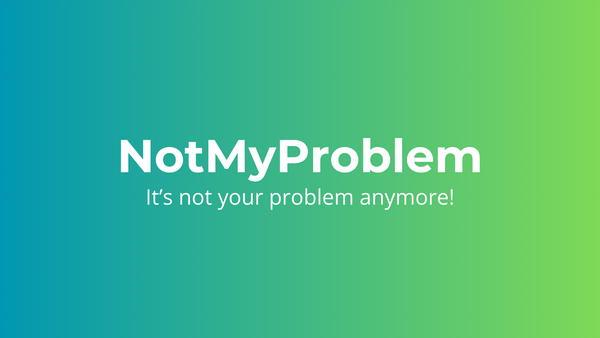Hassle-free web app development with Cloudflare Quick Tunnels
Discover how to publish your local web server securely with Cloudflare Tunnels. Get the performance, security, and flexibility you need while sharing your projects easily. TryCloudflare simplifies the process, letting you test and share without domain/DNS hassles.

As a developer or someone new to development, you might be wondering what Cloudflare Tunnels are and how TryCloudflare can help you get started with it. In this blog post, I'll explain what Cloudflare Tunnels does, its benefits, and how TryCloudflare simplifies the process for users at all skill levels.
What are Cloudflare Tunnels and what does it do?
Cloudflare Tunnels is a service that allows you to securely connect your local web server (running on your computer) to the Cloudflare network without exposing it directly to the public internet. In simple terms, it creates a "tunnel" between your local server and Cloudflare, so all traffic goes through Cloudflare first before reaching your server. This adds an extra layer of security and performance optimization to your web applications.
Benefits of using Cloudflare Tunnels
- Security: By connecting your local server to Cloudflare's network, you are protecting it from direct exposure to the internet, reducing the risk of attacks and unauthorized access.
- Performance: Cloudflare's Argo Smart Routing optimizes the route between the user and your server, resulting in faster load times and a better user experience.
- Flexibility: You can easily share your local web server with others, allowing them to access your work without needing to deploy it on a public server.
How does TryCloudflare simplify Cloudflare Tunnels?
TryCloudflare is a tool that makes it easy for anyone to use Cloudflare Tunnels without going through the process of adding a site to Cloudflare's DNS. It automatically generates a random subdomain on trycloudflare.com, which is then connected to your local web server through the Cloudflare network.
In layman's terms, TryCloudflare allows you to test and share your web projects with others without needing to buy a domain or configure DNS settings.
All you have to do is follow a few simple steps:
Step 1
Install the cloudflared software on your computer (make sure you have version 2020.5.1 or later). You can find instructions on how to do this for your operating system here: https://developers.cloudflare.com/cloudflare-one/connections/connect-apps/install-and-setup/installation/
Step 2
Launch a web server on your local machine that is accessible to cloudflared.
Step 3
Run the following terminal command to start a free tunnel:
cloudflared tunnel --url http://localhost:8080Make sure to replace the example URL with your own web application URL.
Once connected, cloudflared will generate a random subdomain on trycloudflare.com and print it in the terminal. You can now use and share this URL to access your local web server through the Cloudflare network.
Common use cases for TryCloudflare
- Sharing a web project with team members or clients without deploying it to a public server.
- Testing browser compatibility for a new website by creating a tunnel and accessing the link in different browsers.
- Assessing website performance from various locations using speed testing tools like Pingdom or WebPageTest.
Conclusion
TryCloudflare is a beginner-friendly tool that simplifies the process of using Cloudflare Tunnels. It allows you to securely and easily share your local web server with others without the need for purchasing a domain or configuring DNS settings. Whether you're a seasoned developer or just starting your web development journey, TryCloudflare is a valuable resource for testing, sharing, and optimizing your web projects.
Addendum
You can find more, up-to-date information here: https://developers.cloudflare.com/cloudflare-one/connections/connect-apps/do-more-with-tunnels/trycloudflare/




